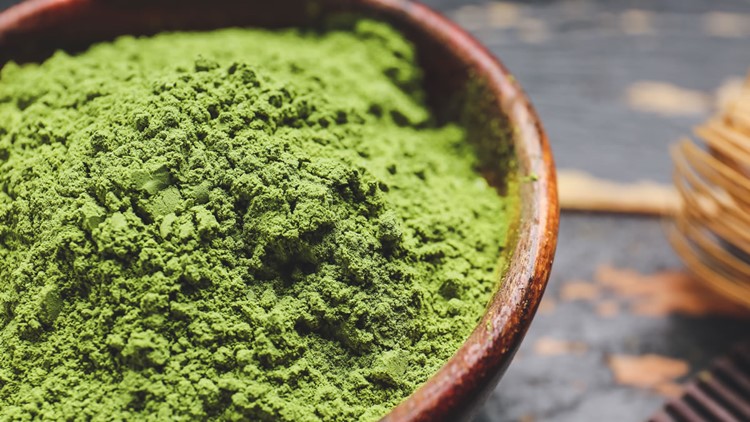NEW ORLEANS — Building muscle, nine essential amino acids (EAA) at a time, is the driving force behind muscle protein synthesis (MPS) – overcoming the normal effects of muscle protein breakdown (MPB) - resulting from a host of situations like, exercise training, rehabilitation sessions, surgery, trauma, and the advanced age-related loss of muscle (sarcopenia), with the associated loss of strength (dynapenia).
A net balance between MPS and MPB – where synthesis is higher than breakdown – equates to an anabolic (building response) versus the reverse – catabolism (breakdown).
Using resistance training as an example, once the session is complete, the body begins the process of releasing intracellular (muscle cells) EAA to support MPS. In essence, your body robs from Peter to pay Peter to the extent of the cellular muscle damage caused by the intensity and the volume of the session.
Bodybuilders know that recovery from intense, frequent training – six muscle training sessions per week, sometimes with daily split routines (AM & PM), starts with a post-absorptive meal or EAA supplementation within 2 hours after session completion.
According to, Essential Amino Acids and Protein Synthesis: Insights into Maximizing the Muscle and Whole-Body Response to Feeding, which appeared in the December 2020 issue of the online, peer-reviewed journal Nutrients, “intracellular amino acid recycling is not 100% efficient.” MPB can exceed MPS in the post-absorptive state, resulting in a net loss of muscle protein.
In order to replace the lost muscle protein, “exogenous (consumed) EAA are required to increase circulating concentrations to induce a stimulation in MPS, while simultaneously reducing MPB.”
The study authors, from Arkansas, Korea, and Tennessee, point out that dietary EAA represent, “the primary stimuli for an increase in MPS and subsequent expansion of the skeletal muscle protein pool,” while also serving, as a resource for the “splanchnic” (organs in the abdominal cavity) and tissue during periods of stress (like trauma) or inadequate EAA dietary consumption.
Lean body mass – muscle – contributes a significant amount of the body’s protein. Yet, note the researchers, “other tissues may account for more than half of the total protein turnover in the body,” – with skeletal muscle accounting for an estimated 25-50% of whole-body protein turnover.
The Nutrient authors investigated how changes in peripheral EAA, after ingesting various protein and free amino acid formats, altered muscle and whole-body protein synthesis.
The male participants - healthy, young, and older – refrained from physical activity for 72 hours. Then, after an overnight fast, an isotope infusion was utilized to determine mixed MPS and whole-body protein synthesis.
It was determined that a greater amount of the peripheral EAA concentration was tied to not only MPS, but also to WBPS (whole-body protein synthesis). The EAA concentration included EAA and BCAA (branch chain acids), specifically leucine, which has been demonstrated to serve, according to the researchers, as a “trigger” to facilitate MPS by mTOR (mammalian target of rapamycin complex) signaling.
It was also pointed out that, “studies have routinely demonstrated a dose-response relationship between total protein intake and FSR (fractional synthesis rate) throughout a wide range of EAA sources such as, free-form EAA, whey, egg, soy, and beef.”
There is a rate limiting effect, where increasing intakes of complete proteins, netting EAA’s, does not further stimulate the FSR, which tends to occur around 15 grams of EAA intake.
It was concluded that, “ingestion formats, with a high proportion of EAA relative to total protein content, represent a viable means of improving muscle and whole-body protein synthetic responses.”
“EAA sources that produce a large and rapid increase in peripheral EAA concentrations are recommended to improve muscle and whole-body protein synthesis,” acknowledged the research study.
From an exercise training and intensity perspective, supplementing with a high biological protein source – whey or casein isolate - within 2 hours of completion of the training session begins the repair process. Then, incremental doses of 15 to 20 grams, as determined by a body composition analysis and lab studies, relative to your age, health and training status - under the auspices of a sport’s dietetic nutritionist – will net the best return on supporting your lean muscle mass. For more information, go to maxwellnutrition.com.



